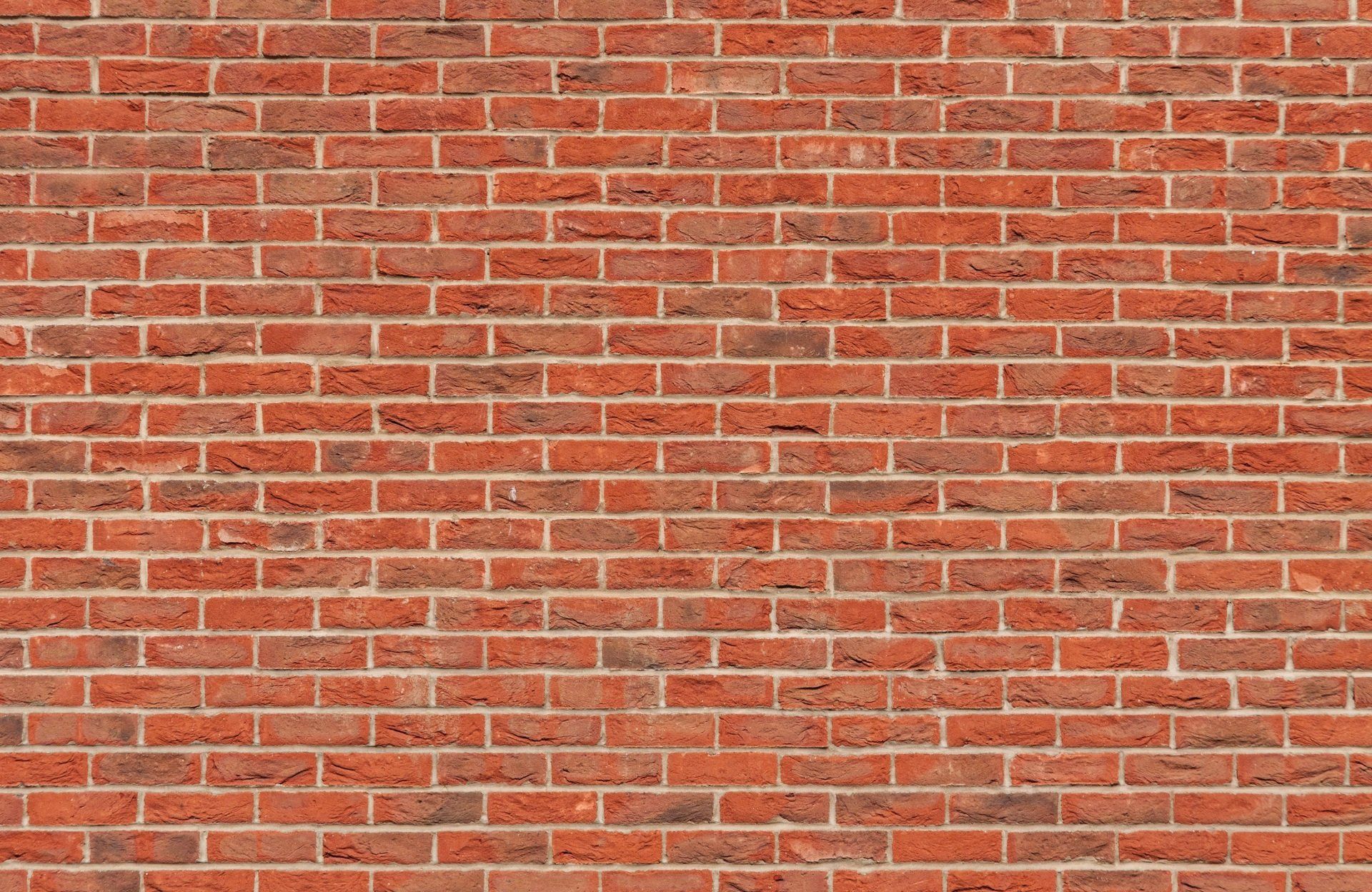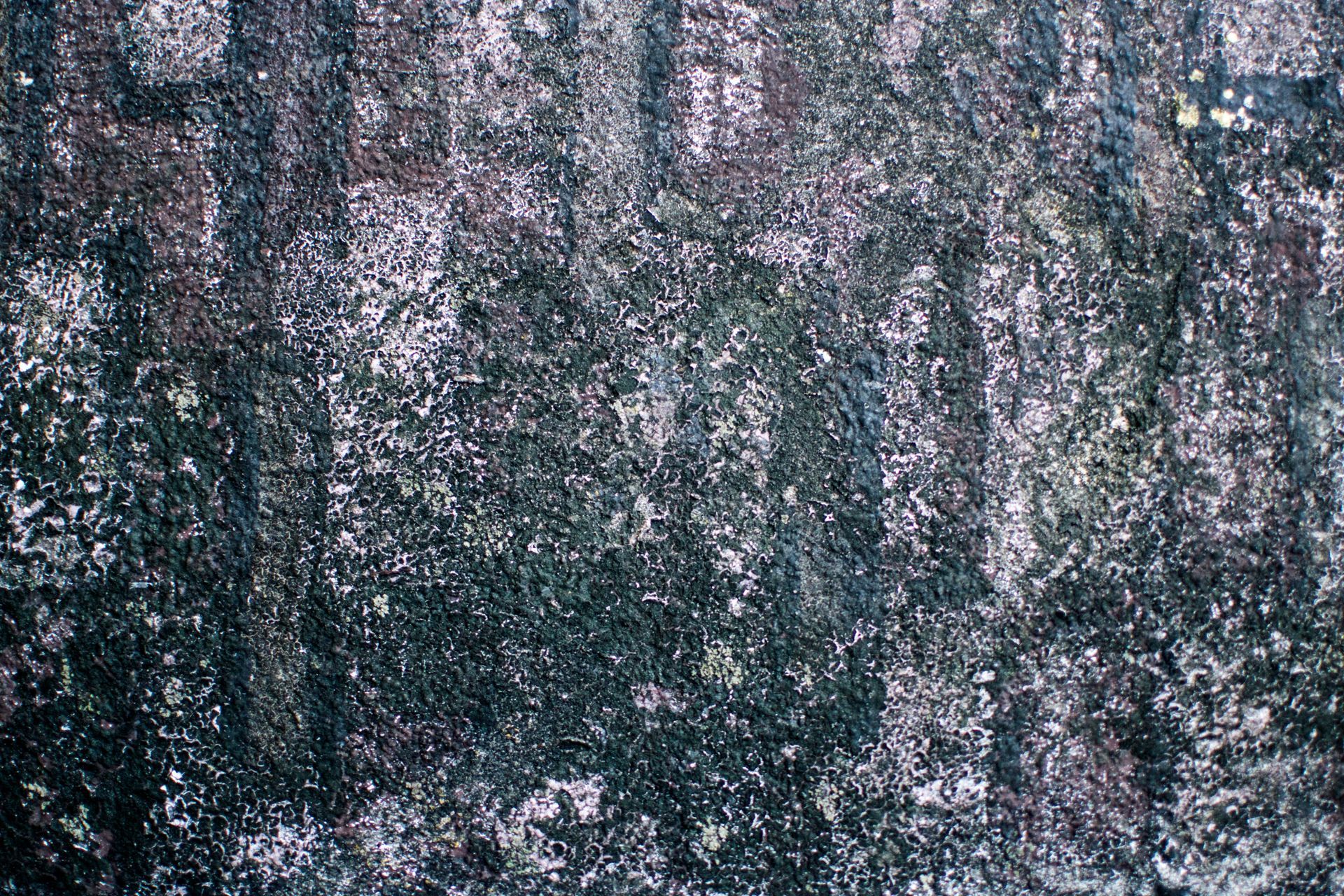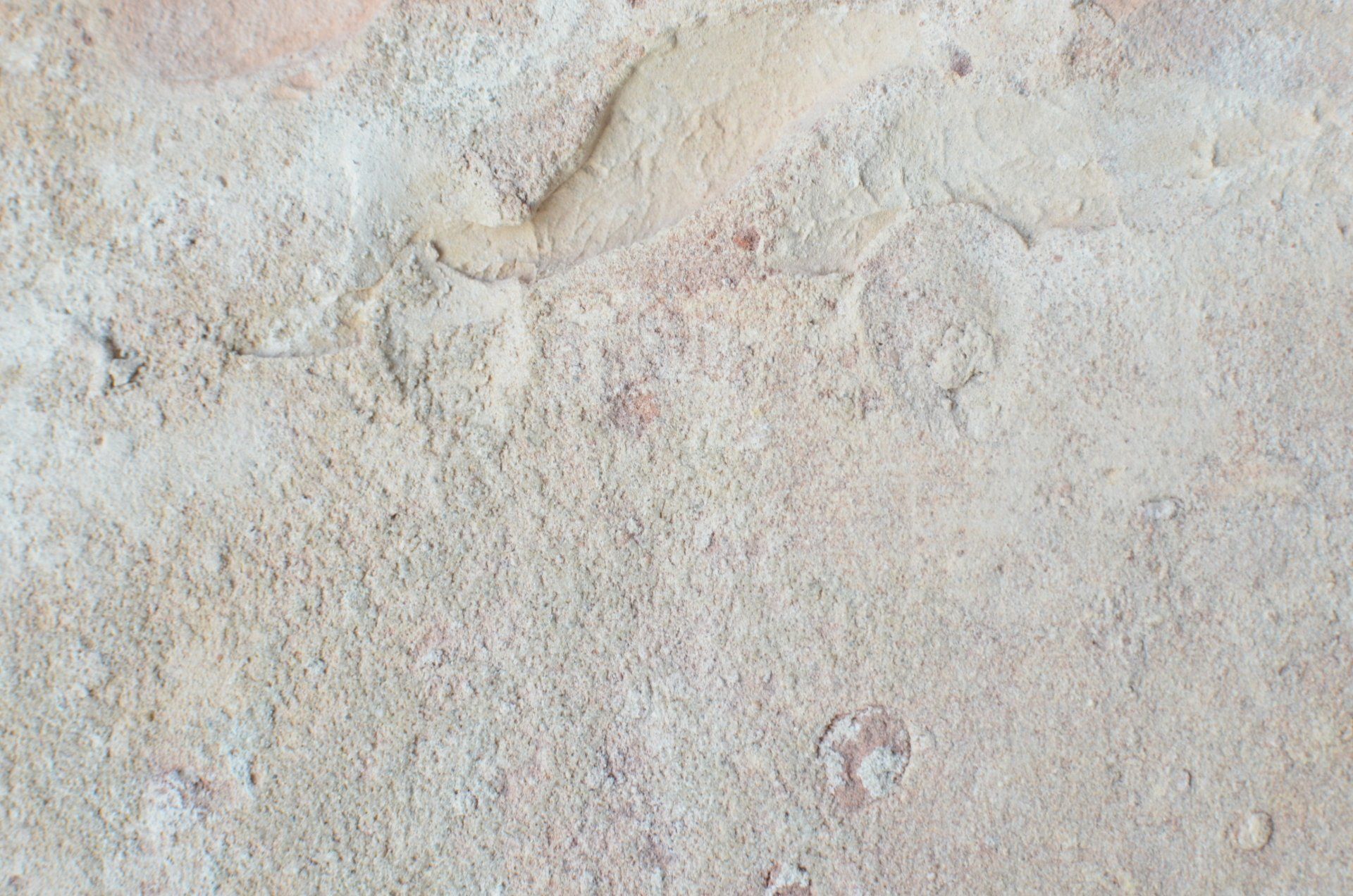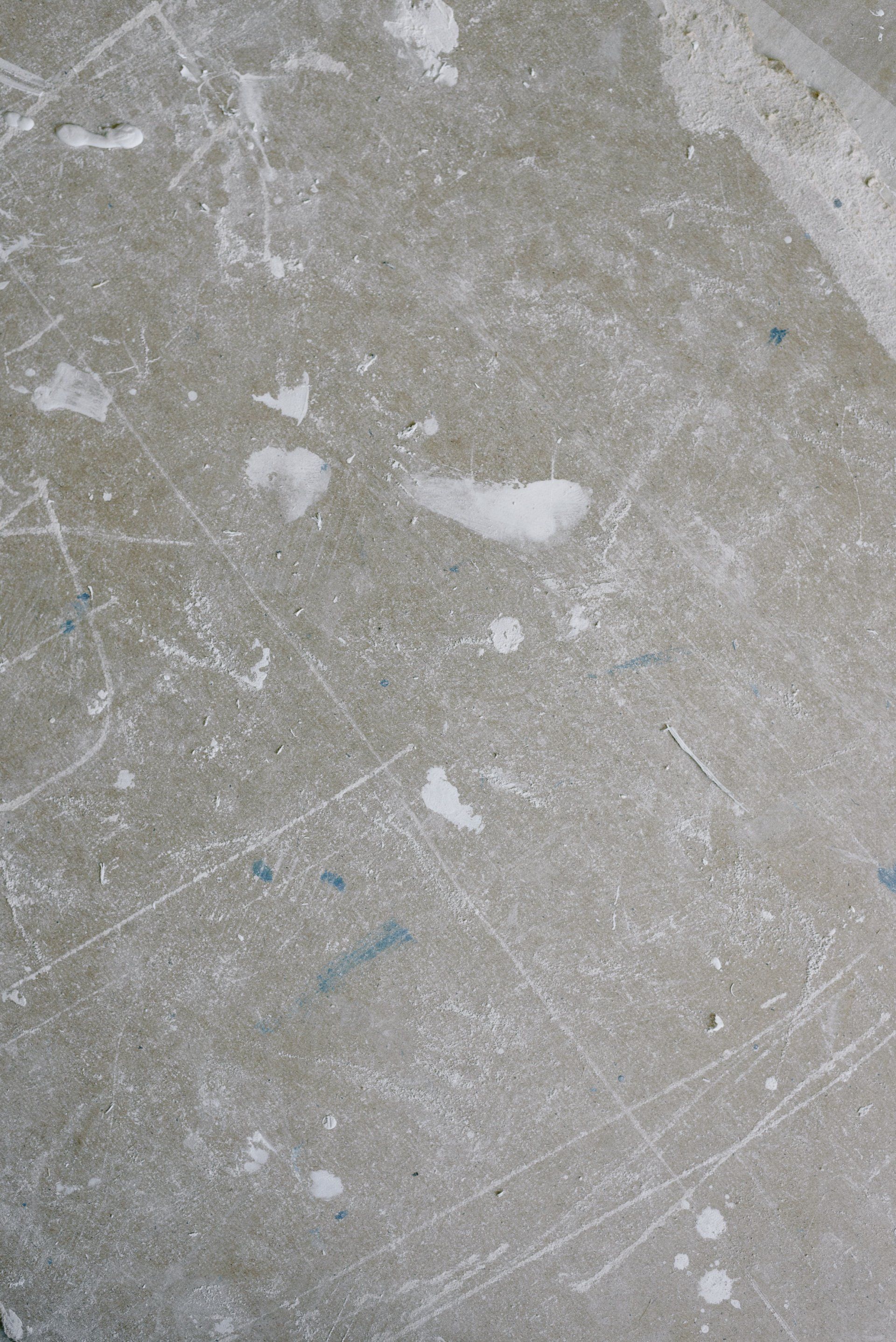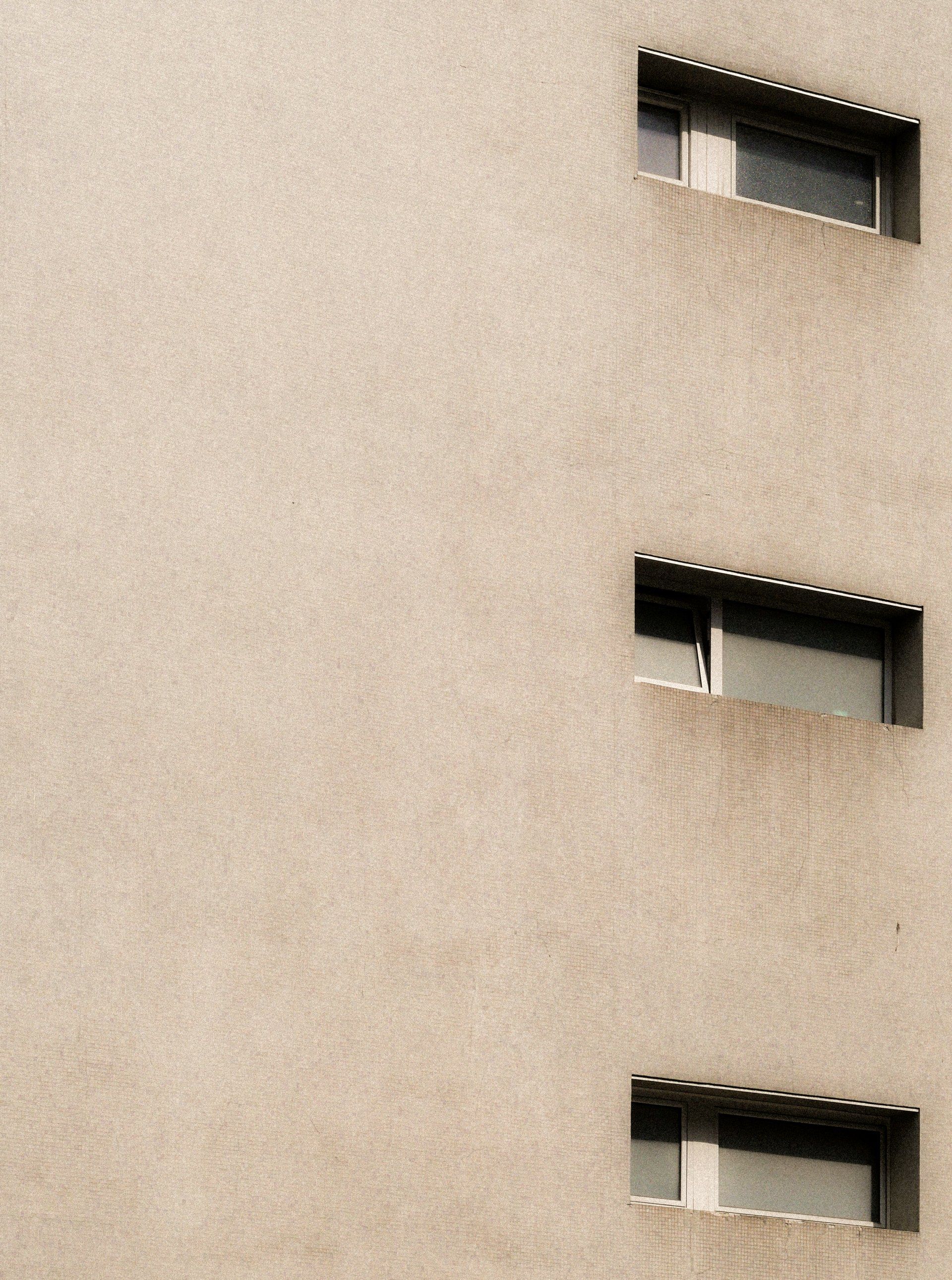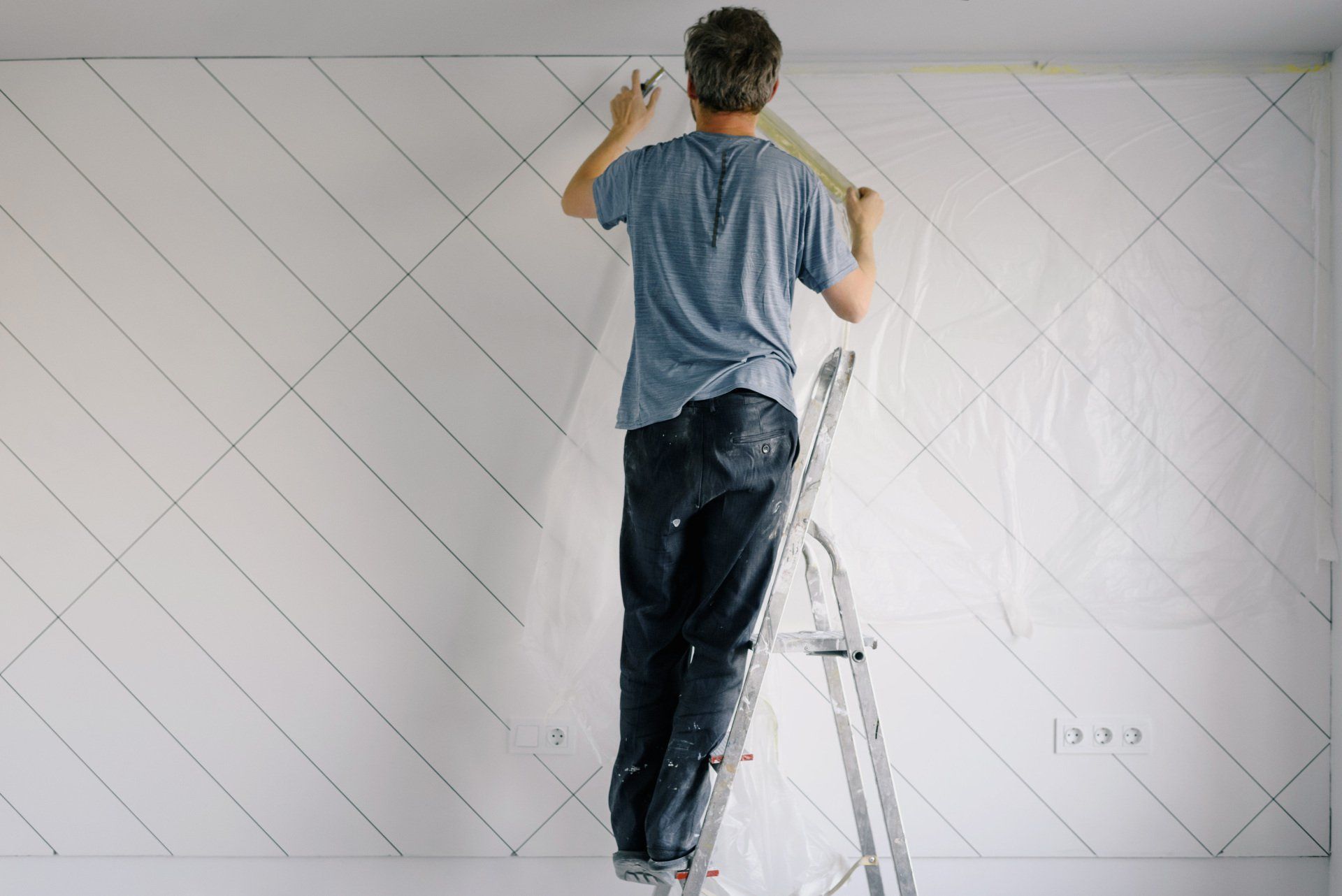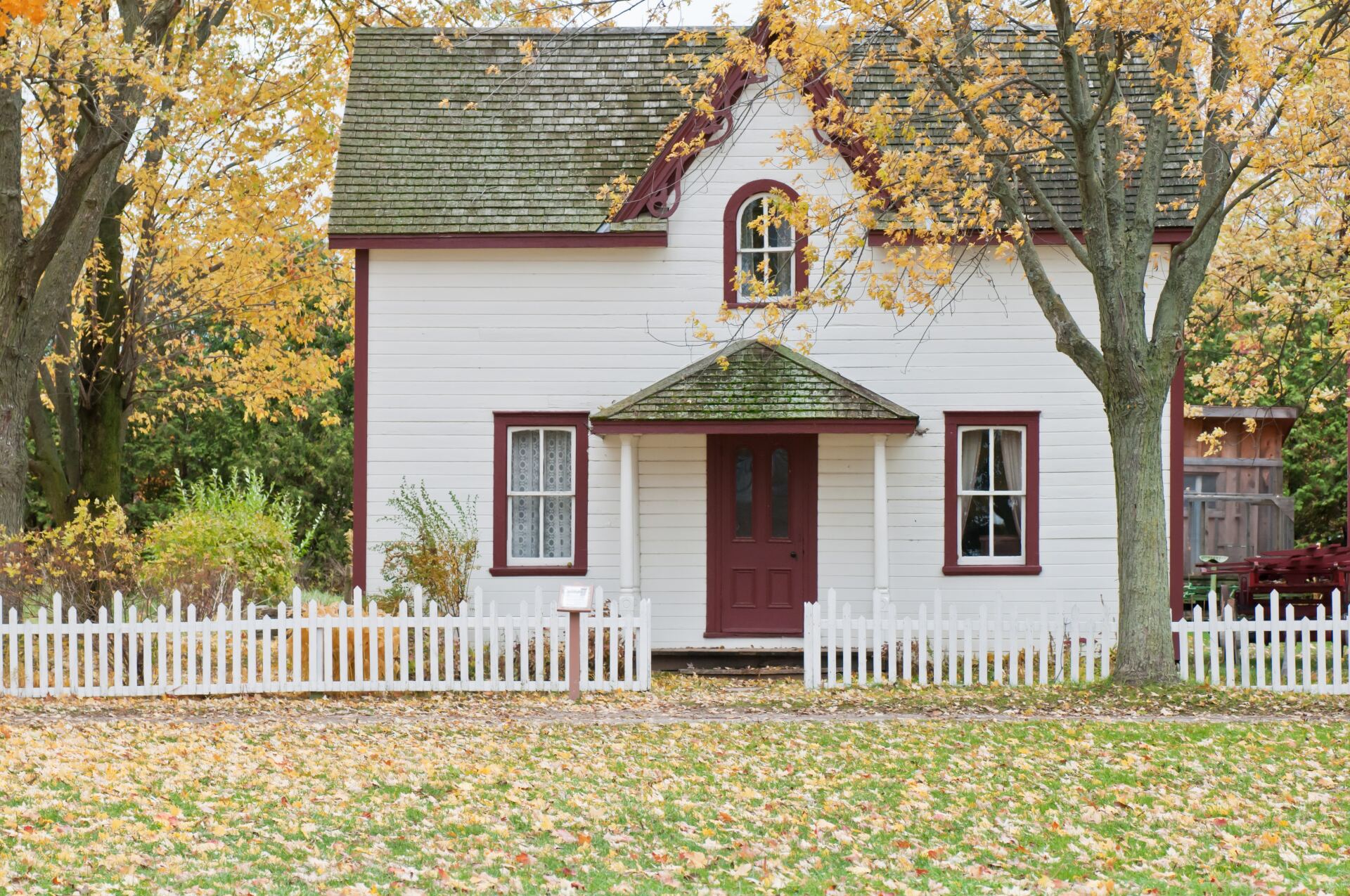Can You Put Stucco Over Expansion Joints?
Can You Put Stucco Over Expansion Joints?
Stucco is a stunning material for exteriors for homes. However, can you use stucco for those expansion joints? You're looking for a seamless look, and you are concerned about how lines from the expansion joints could make your home appear unattractive. We've thoroughly searched to find the solution to this issue for you.
Legally, the majority of building codes require that you include expansion joints in the stucco, specifically when you're stuccoing on lath. Therefore, your builder is likely to require these joints. Some builders are even willing to stucco solid if they accept a contract that says you do not hold them accountable for any damage to the surface of the stucco. Therefore, the simple answer is that you can stucco over expansion joints; however, there is a greater chance of cracking.
Let's examine the subject in more depth before we address some more questions. We'll discuss the possibility of stucco expanding and contracting as well as the differences between control and expansion joints, and if you apply, put lath over expansion joints and if it is possible to stucco without any lath. Keep going to read to find out more.
Can You Stucco Over Expansion Joints?
Expanding joints refer to the horizontal and vertical joints you can see cutting across the exterior of stucco-finished buildings. They can be positioned inventively, such as in the contemporary home, in order to make them an integral part of the overall design. But, there are some who don't want lines running across their stucco finishes and would like to know if they are able to stucco around joints.
Not Wanting To Stucco ACROSS The Expansion Joints?
The function of this joint expansion is to permit stucco's expansion and contraction in response to the temperature fluctuations. This will prevent the stucco from cracking at will. One of the places where cracks could occur is around the corners of doors and windows, which makes them visible. Expanding joints are, in essence, cracking your stucco before it is cracked. Cracks are already present; the surface will remain perfect.
Not Wanting To Stucco OVER Your Expansion Joints?
If the aesthetics of a jumble of intersecting lines on your structure is not appealing to you and you're not concerned about the natural hairline fractures which can occur in your stucco construction over time, you can skip the expansion joints completely. It is possible to stucco over masonry with no lath or put in lath without expansion joints.
Does Stucco Expand and Contract?
Stucco can expand and contract in terms of temperature. Because different parts of your home are heated and cooled in different ways due to directions and other elements, the expansion and contraction could be different too. This is the reason you will see expansion joints within the stucco because, without them, water may get through cracks, which could damage the exterior sheathing beneath the stucco.
What Is The Distinction Between Expansion Joints and Control Joints?
Expansion joints can be described as vertical or horizontal joints that are used in masonry or stucco that are not surrounded by mortar. They can expand due to thermal and water issues. Control joints, however, can be used in concrete-based applications. They are typically vertical and may be filled with mortar and also have an adhesive breaker at the other end. This permits the mortar used to control joints to expand when the cement or masonry shrinks in order to prevent cracks from developing. Both are crucial in the construction process.
Do You Lath Over Expansion Joints?
The expansion joints exist to allow for expansion and shrinkage. The idea of putting a ring on them is contrary to their function. It is essential to have a gap in order to stop the risk of cracks within your stucco finish. In accordance with the International Building Code, lath should be cut in the joint and wire tacked around the perimeter of the joint. So your stucco finish should not be able to cross it.
Ready to work with Expert Stucco Regina?
Let's connect! We’re here to help.
Send us a message and we’ll be in touch.
Or give us a call today at 306-988-2070
More Tips, Tricks & Tools
